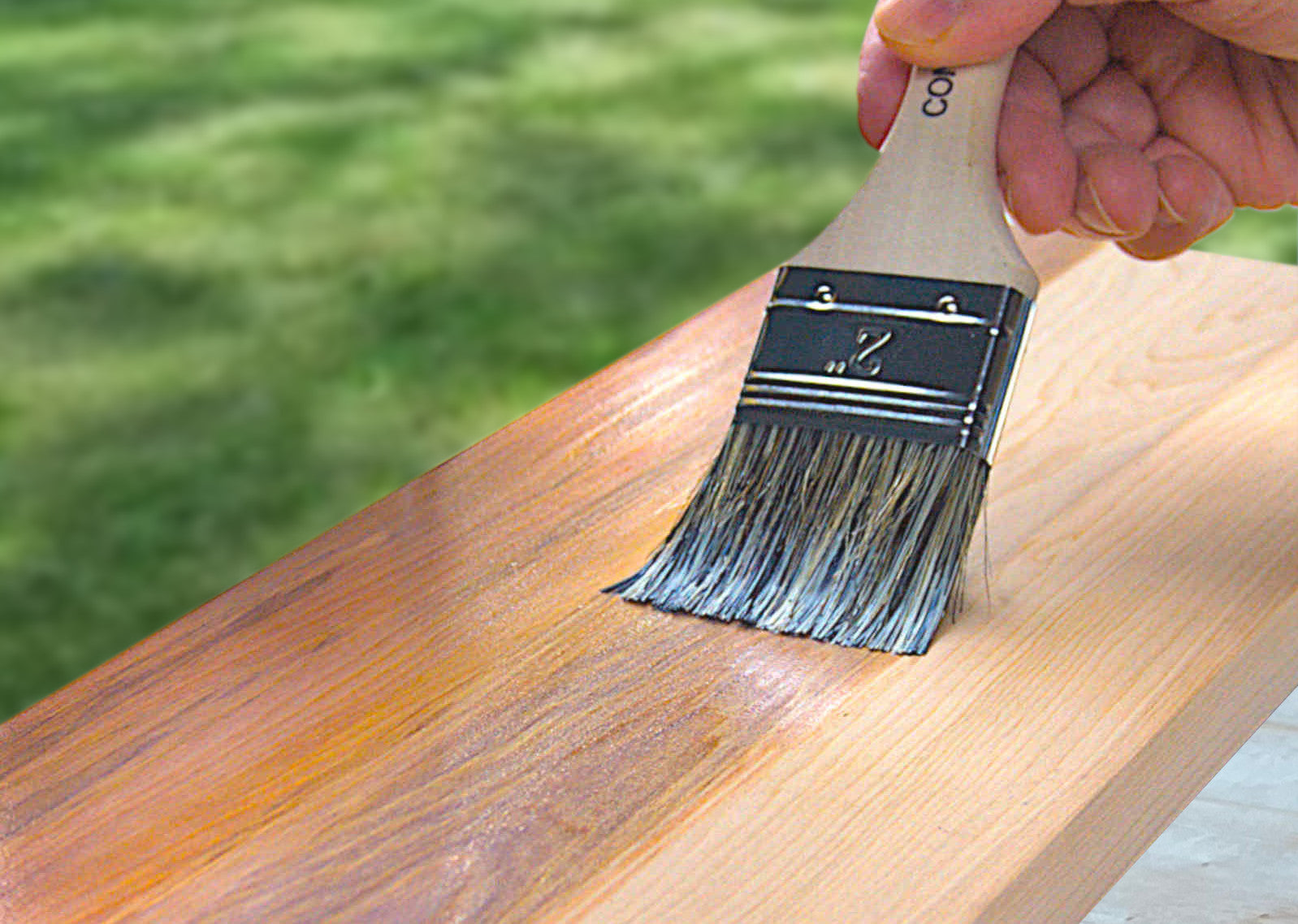The Science of Weatherproofing: How Sealers Protect Wood From All The Elements
Outdoor wood furniture, decks, and fences face the brunt of mother nature’s harsh elements year-round. Without proper protection, these wooden treasures can warp, crack, fade and eventually rot.Enter the hero- wood sealers. While their role might seem straightforward, the magic lies in their chemical composition and how they shield wood from moisture, sun, and microbes while maintaining durability.
1. Moisture Resistance
Water is wood’s biggest enemy. When wood absorbs moisture, it swells, warps, and can eventually decay. A good wood sealer acts like an invisible raincoat for your wood.Sealers are formulated with hydrophobic (water-repelling) ingredients, often silicone or oil-based compounds. These create a barrier that prevents water from penetrating the wood’s surface. Instead, water beads up and rolls off. This barrier doesn’t just protect during rainstorms; it also guards against moisture from dew, snow, or even high humidity. The result? Your wood stays structurally sound and free from the effects of water damage.

2. Durability and Flexibility
Outdoor wood is constantly expanding and contracting due to temperature changes. Imagine a deck plank on a freezing winter morning and the same plank baking in summer’s heat—it’s bound to move!High-quality wood sealers are designed to be both durable and flexible. They form a resilient film over the wood that can stretch and shrink along with it, preventing cracks or splits in the protective layer. This elasticity ensures that the sealer doesn’t fail under extreme weather conditions, keeping your wood safe season after season.
3. UV PROTECTION
Just as our skin can get sunburned, wood is susceptible to damage from ultraviolet (UV) rays. Prolonged exposure to sunlight can cause wood to fade, dry out, and weaken over time.Wood sealers often include UV-blocking additives, like pigments or UV absorbers, that act like sunscreen for your outdoor wood. These compounds reflect or absorb harmful UV rays, preventing the breakdown of the wood’s natural fibers and maintaining its rich color. This is particularly important for wooden decks and outdoor furniture that are exposed to constant sunlight.

4. Anti-Microbial Properties
Moisture and warmth can turn wood into a breeding ground for mold, mildew, and fungi, which lead to rot and decay. Sealers with anti-microbial agents create an inhospitable environment for these harmful organisms.These agents work by either killing microbes on contact or inhibiting their growth altogether. This not only keeps your wood structurally sound but also prevents the unsightly black or green stains caused by mold and mildew.
The Bottom Line
Weatherproofing your outdoor wood isn’t just about aesthetics—it’s about preserving its strength and functionality for years to come. By understanding how wood sealers repel water, block UV rays, flex with the seasons, and fight off microbes, you can appreciate the science that goes into protecting your outdoor spaces. So, the next time you’re applying a wood sealer, remember: you’re not just painting on a coating; you’re adding a scientifically crafted shield to your wood, ensuring it stands up to whatever nature throws its way.




